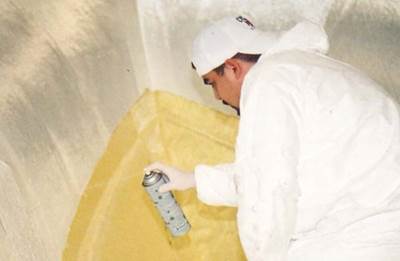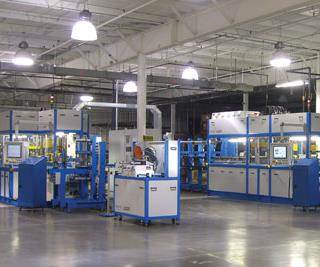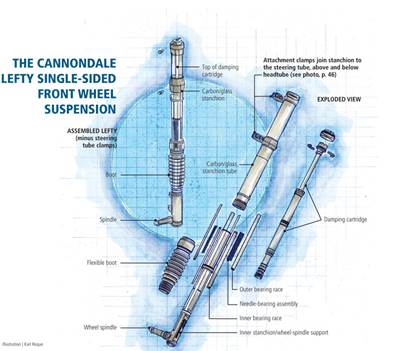Processes
Third-party tests support claims for crosslinking spray adhesive
Aerospace manufacturers that adopt vacuum infusion processes are discovering what processors of boat hulls and wind turbine blades already know: Placement of multiple plies of slippery dry fiber reinforcements in molds with vertical sides or tight radii is problematic.
Read MoreDigital design, RTM update aircraft propeller
Second-generation type-certified propeller delivers for Cirrus Aircraft’s SR-22 at a more affordable price.
Read MoreAerospace-grade compression molding
Continuous Compression Molding process produces structures 30 percent lighter than aluminum at costs that have both Airbus and Boeing sold.
Read MoreThird-party tests support claim for crosslinking spray adhesive
Tests support Westech's claim that its InfuZene spray adhesive crosslinks with vinyl ester, polyester or other styrenated thermoset resins during infusion.
Read MoreStructural makeover: Big bridge-strengthening project
The 2.5-km/1.6-mile long cable-stayed-concrete West Gate Bridge in Melbourne, Australia, is prepped for added traffic lanes with BASF's MBrace composite reinforcements, pultruded by EPSILON Composite (Gaillan-en-Médoc, France).
Read MoreIn search of a better ride
Composites minimize weight on this mountain bike’s unconventional, single-sided front-wheel suspension system.
Read MoreBye-bye black magic
Noting the great pressure to meet quality standards in a variety end-markets, CT editor-in-chief Jeff Sloan sees the composites community making a transition away from the old black magic to scientific process management.
Read MoreBuilding a bigger Big Wheel
Machining specialist scales up the 1970s icon, producing plugs and tools for an exact fiberglass replica at a Disney resort.
Read MoreMarine machining pioneer
Mollicam (Merritt Island, Fla.) was one of the first companies to bring a practical method of automated pattern construction into the marine industry.
Read MoreBlock shear strength of adhesive bonds
Dr. Don Adams describes two methods (ASTM D 905 and ASTM D 4501) for loading adhesive bonds in direct shear while minimizing undesirable peel and through-thickness tensile stresses.
Read More
















